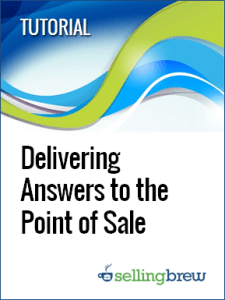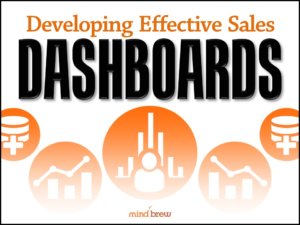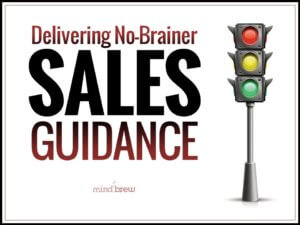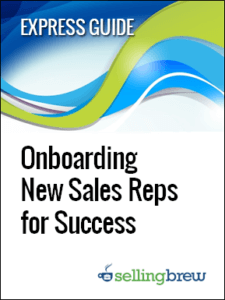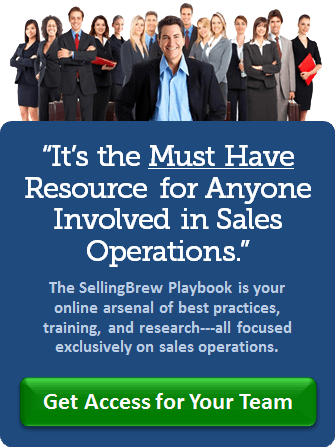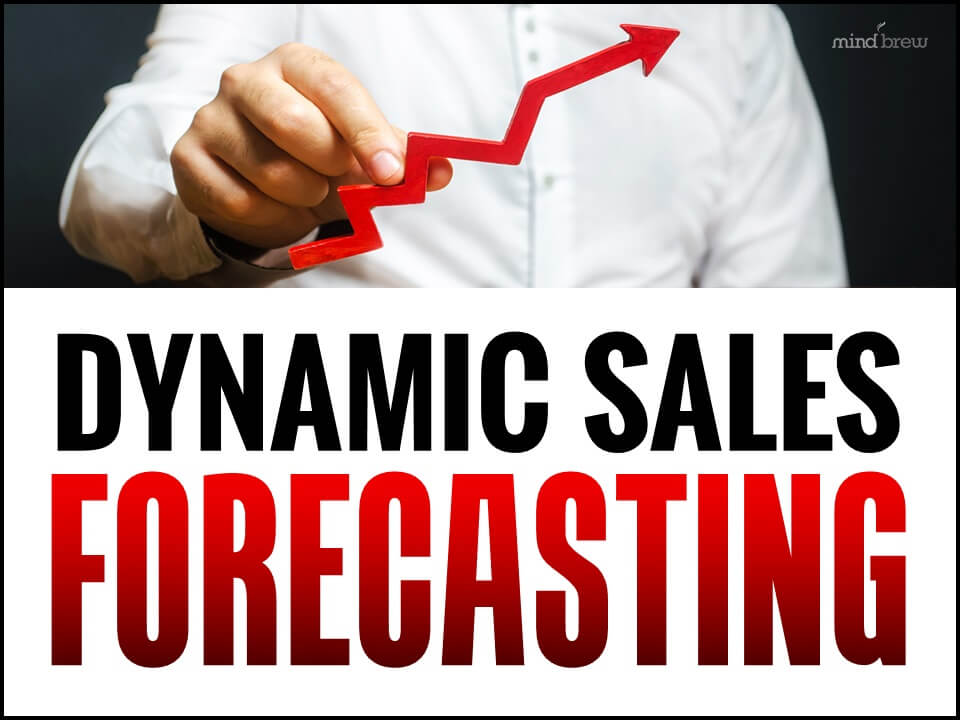We have a friend who likes to tell “dad jokes.” You know, the kind of puns and plays on words that might make you chuckle — or just groan.
Recently, he told me a halfway decent one: “What did the Buddhist say to the hot dog vendor?” The answer: “Make me one with everything.”
I found this joke mildly amusing because I understand enough about Buddhism (and hot dogs) that I got the double meaning to “one with everything.” But if I didn’t know anything about Buddhism (and/or hot dogs), the joke wouldn’t have been nearly as funny. He would have had to explain that Buddhists believe all things are interconnected and that we are essentially “one with everything.” And then he would have had to detail all the different toppings you can get on a hot dog when you order them “with everything.”
And that would have completely ruined the joke.
Sales guidance is like a joke because if you have to explain it, it’s not very good. The best way to get your sales team to adopt the guidance you provide them is to make it so intuitive that they don’t need any explanation. It’s just obvious what they should do next.
It might seem obvious that sales guidance should be obvious. But in practice, sales ops often gets so caught up in new technologies and flashy presentations that they neglect this basic principle. And then a few months after rolling out a new system, they realize that no one is paying attention to the data they are providing.
So how do you avoid this trap? We recommend following three basic principles:
- Deliver answers, not data. Because you work with data all day long, you can probably look at a spreadsheet and instantly come to some basic conclusions. But salespeople aren’t like you. If you show them a list of numbers, chances are high that they’ll get overloaded and ignore them. Instead of throwing a bunch of charts and numbers at them, tell them exactly what they should do. Clear, straightforward guidance on the next best action is the most likely to get the results you want. For more help on how to do that, check out Delivering Answers to the Point of Sale.
- Provide Answers Using Existing Processes. If you require the sales team to log in to a new application to get their sales guidance, they probably aren’t going to do it. New does not always mean better. Instead of requiring them to learn processes or technology they are unfamiliar with, find a way to use your existing tools to push guidance to them. This might even mean just emailing things to them directly. For more insights, see Developing Effective Sales Dashboards.
- Make the Answers Valuable. You might find it interesting that sales of your Widget 40035 have dropped by 0.5% since last month. But there’s not a lot your sales team can do with that information. Instead, focus on delivering answers to critical questions your team is grappling with: What will this customer pay? Which of my customers is showing signs of defection? Where are my upsell opportunities? Which lead has the highest conversion potential? Yes, these questions are harder to answer, but SellingBrew has a lot of resources that can help. Start with How to Use Sales Analysis to Drive More Growth.
So what about you? Is your sales team acting on the guidance you provide? Are there ways you could do a better job presenting your analysis? Delivering No-Brainer Sales Guidance can help you make improvements that will help your sales team “get it” without any extra explanation.

